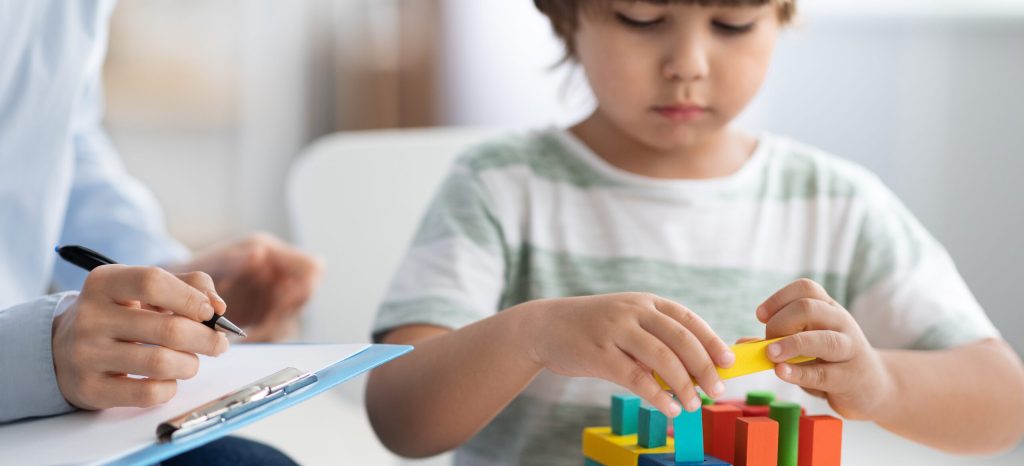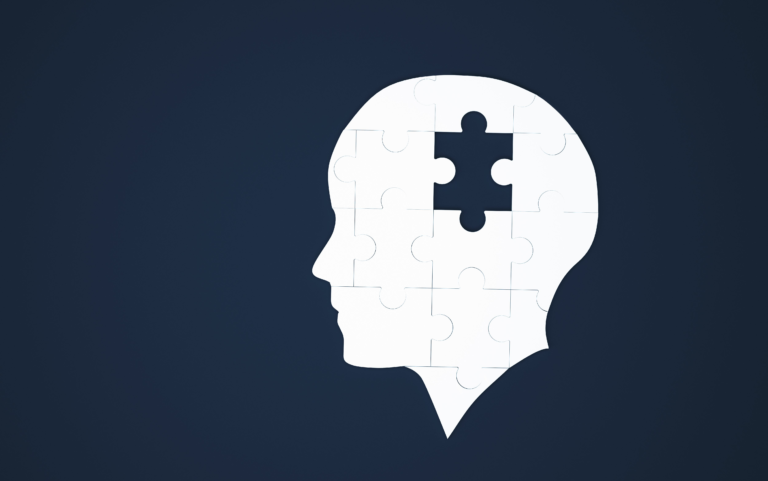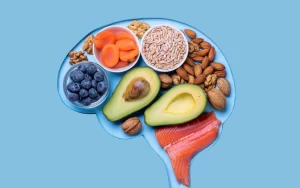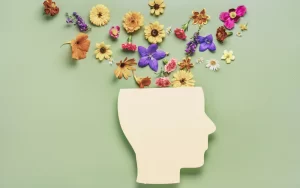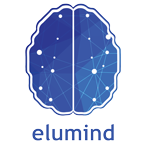Mental well-being is critical to general health and well-being. It entails the ability to control one’s thoughts, feelings, and actions in ways that improve everyday functioning and encourage resilience in the face of adversity, and it comprises emotional, psychological, and social well-being. When a person’s mental health is harmed, it can lead to a range of bad results, including depression, anxiety, substance misuse, and even physical health issues. On the other hand, good mental well-being can increase one’s quality of life, relationships, and capacity to fulfill goals. As a result, it is critical for people to focus and maintain their mental health throughout their life.
Among many mental health techniques, Gamification is relatively new but emerging effective way to improve mental wellness.
Gamification
Gamification is the practice of enhancing non-game situations such as learning, productivity, and consumer engagement by utilizing game design approaches, game thinking, and game mechanics. While the application of gaming features and design concepts in psychological interventions and therapies is referred to as gamification in psychology.
The word “gamification” was invented in 2002 by Nick Pelling, a British-born computer programmer, although it only became popular in the early 2010s. A lot of firms and organizations began to experiment with incorporating game components and design concepts to enhance engagement and motivation in diverse settings such as education, marketing, and employee training around this time. However, the application of gamification in many industries dates back to the 1970s, when the first simulation games were employed for management education and training. Gamification has its origins in behavioral psychology and behavioral economics, which investigate how incentives and other game-like features impact behavior. Research in these domains began to create the groundwork for today’s knowledge of gamification and its possible applications in the 2000s.
Gamification is used to impact certain parts of human motivation, such as the want for pleasure, the need to avoid pain, the desire for hope, to avoid fear, the desire for social connections, and the desire to avoid social rejection.
The purpose of gamification in psychology is to make therapies more interesting, motivating, and successful for the people receiving them.
Gamification has been applied in a variety of psychological settings, including
- Mental health treatment
- Behavioral modification
- Education
Gamification, for example, has been utilized in mental health therapy to assist patients in managing symptoms of diseases like as anxiety, depression, and PTSD. This can involve employing virtual reality exposure treatment, which immerses clients in a simulated world that mimics their unique phobias and anxieties, or mobile applications that gamify exposure therapy.

Gamification Uses in Various Fields
Behavioral Approach
Gamification has been used in the behavioral approach to drive people to engage in healthy activities such as exercise, diet, and medication adherence. For example, employing incentive and point systems to motivate individuals to make better choices, such as wearing a pedometer to count steps and receiving rewards for attaining a set number of steps.
Education
Gamification has been used in education to make learning more interesting and effective by generating interactive and adaptive quizzes, simulations, and challenges, as well as offering prizes and recognition for reaching learning milestones.
Health and Wellness
Gamification may be used to encourage individuals to take care of their physical and mental wellness. Fitness applications, for example, typically employ gamification to encourage users to exercise more regularly, while mental health apps can use gamification to encourage users to practice mindfulness and self-reflection.
Human Resource
Gamification may be used to recruit and retain employees. Gamified challenges and competitions help companies find potential candidates while also encouraging staff to remain longer.
These are only a few possibilities; gamification may be used in a variety of different industries. It’s a versatile strategy that may be tailored to a number of situations and used to attain a variety of objectives.
How Gamification Improves our Mental Wellness
Motivation
Gamification may boost motivation and make it simpler for people to keep to good behaviors and psychological therapies by delivering a sense of success and progress.
Gamification has been utilized in the field of mental health to make psychological interventions more engaging and motivational for patients. Gamification may boost motivation by offering rewards, such as points or badges, for accomplishing specific activities or meeting certain goals. It also motivates people to keep working on their mental health and well-being objectives.
Anxiety And Depression
Gamification has been found in studies to be useful in helping people manage symptoms of disorders such as anxiety and depression. A review of research on the use of mobile applications for mental health therapy discovered that apps with gamification components were more successful than those without in lowering symptoms of anxiety and depression. Gamification has also been used to motivate people with mental illnesses to engage in physical exercise. One research, for example, discovered that a mobile app containing gamification components, such as prizes and point systems, was helpful in improving physical activity levels in those suffering from depression. Some mental health experts are beginning to include games and game-like approaches in treatment sessions. This is especially useful for adolescents and teens who may find standard therapeutic approaches boring.
Phobias and PTSD
Gamification has also been utilized to treat certain phobias and post-traumatic stress disorder (PTSD). Virtual reality exposure therapy, in which patients are immersed in a simulated environment that replicates their specific phobias and anxieties, has been shown to be an effective treatment for specific phobias and PTSD, and incorporating gamification elements can make the therapy more engaging and motivating for patients.
Provide feedback and support
Gamification can help individuals achieve their goals by providing feedback and assistance. A smartphone app that gamifies exercise, for example, can give consumers with real-time feedback on their physical activity levels as well as encouragement and development ideas.
Learning
Gamification is being utilized in education to make learning more entertaining and effective. It can help users better recall and apply knowledge in real-life circumstances by developing interactive and adaptive quizzes, simulations, and challenges, as well as delivering incentives and recognition for attaining learning milestones. Games may be a fun and engaging approach to teach people about many subjects related to mental health and wellness. People may be more likely to recall and understand knowledge if it is presented in a game-like structure.
Coping Mechanism
Gamification can give individuals with a healthy coping method for managing stress and bad emotions. For example, giving a virtual reality experience that resembles a pleasant setting can help people relax and reduce stress and anxiety symptoms.
Self-Reflection
Games may also be used to facilitate self-reflection and introspection, which can be good to one’s mental health and well-being. Gamification and self-reflection is utilized in conjunction to enhance mental health and wellness in a variety of ways.
- Journaling
- Mood tracking
- Mindfulness
- Goal Setting
- Reflective games
Real-Life Example:
Following a catastrophic brain injury, Jane McGonigal, a game designer and author, was left with a number of physical and cognitive issues. With the help of Gamification, she used her game design skills to create “SuperBetter,” a game she used to track her progress and motivate herself to heal. The game was designed to help her achieve small rehabilitation goals, such as getting enough sleep and eating a healthful diet. It also incorporated a system of awards and badges to recognize her achievements and keep her motivated. Furthermore, the game included social support by linking her with friends and family who could play the game with her and encourage her. This example demonstrates how gamification may be utilized as a tool for self-reflection and motivation to improve people’s mental health and wellness.
Conclusion
Gamification is an effective method that may be utilized to improve mental health and wellness. Gamification may make activities like journaling, mood monitoring, mindfulness, goal planning, and self-reflection more entertaining and successful by incorporating game aspects and design thinking into non-game situations. It is crucial to stress, however, that gamification should not be utilized as the sole technique for addressing mental health and wellness. It should be utilized as a part of a comprehensive program that includes counseling and other sorts of assistance. Furthermore, not all games or gamified activities are acceptable or beneficial for all people. As a result, while selecting a game or gamified activity to enhance one’s mental health, it is critical to consider the requirements and preferences of each person.
Elumind Centres for Brain Excellence is an integrated mental health centre offering solutions that can help you with your mental/brain health needs. To start your journey, book your FREE 15-MINUTE PHONE CONSULTATION. We are here for you.


